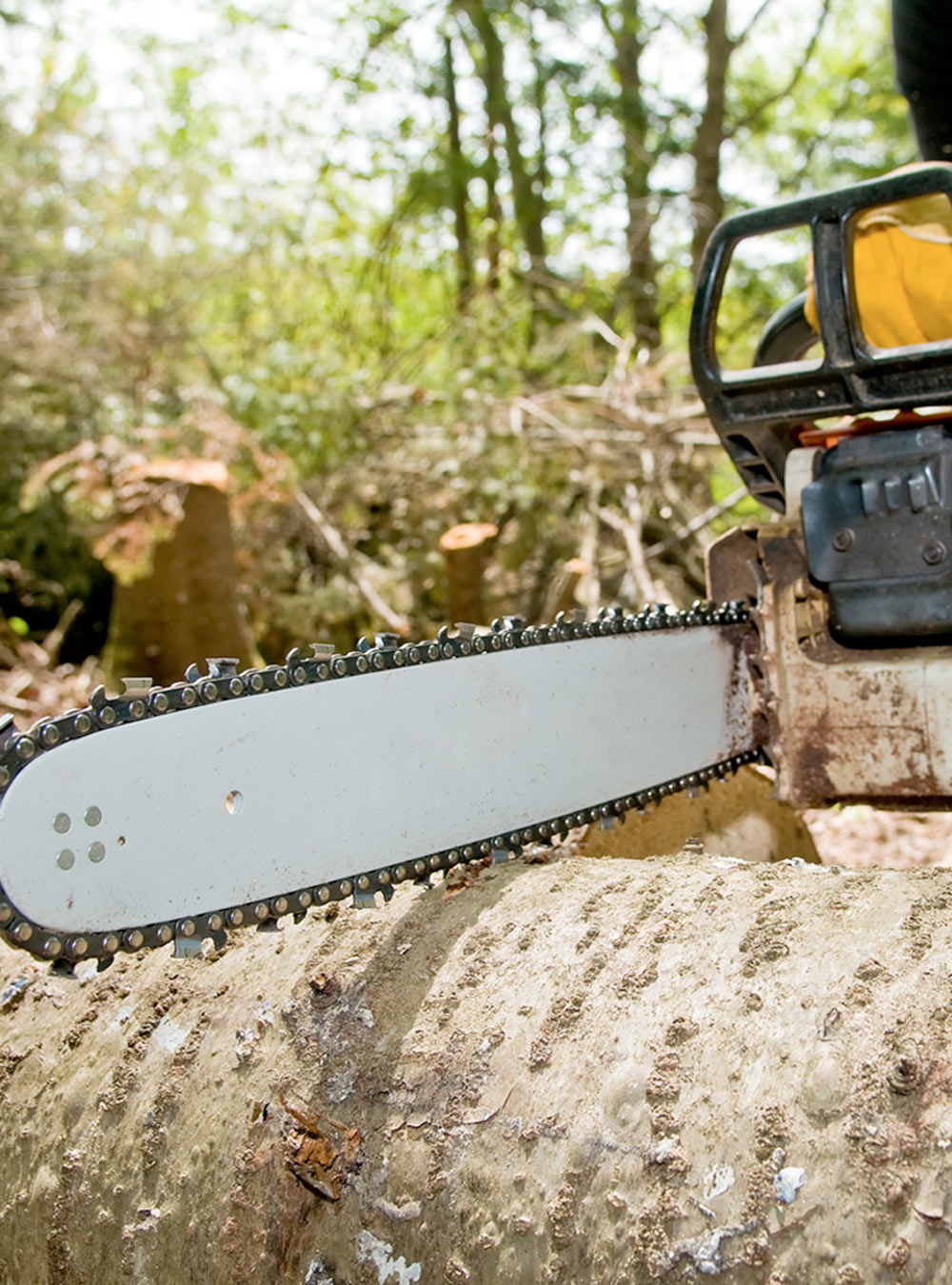Oak Galls
This abnormal plant growth is produced as a result of the oak tree’s reaction to certain insects’ chemicals.
CONTACT THE TREE CARE EXPERTS TODAYThis abnormal plant growth is produced as a result of the oak tree’s reaction to certain insects’ chemicals.
CONTACT THE TREE CARE EXPERTS TODAYCALL FOR A FREE ESTIMATE: 636-391-9944 | 415 | | Fax: 636-391-9948
Galls are unusual plant tissue deformities that occur due to the interaction between normal plant hormones and the powerful growth-regulating chemicals produced by gall makers. There are 1,500 species of gall producers, most of which are insects and mites. Galls may also develop as a response to infections by several kinds of fungi, bacteria, and viruses.
For oaks, the most common gall makers are two types of non-stinging wasps — the gouty oak gall wasp and the horned oak gall wasp. They lay their eggs on the tree which reacts to the wasps’ chemicals, causing it to grow abnormally and enclose the developing wasp larvae. One adult gall wasp emerges from each of the horns of the horned oak gall.
The abnormal swellings of gouty and horned galls are found on leaves, twigs, and branches. Leaf and twig galls are most noticeable, but it is always best to have your trees inspected by a professional.
Contact the certified arborists at Omni Tree Service in St. Louis for proper diagnosis of your oak trees.
In Missouri, the most destructive oak galls are the gouty oak gall and horned oak gall. Severe infections may bring about the decline of the tree and even cause death.
The gouty oak gall wasp attacks the following oak types:
The horned oak gall wasp attacks the following oak types:
Oak galls are not aesthetically pleasing on your tree. They are unsightly brown balls that grow from a branch or look like hanging fruit.
The wasps can overwinter in twigs, branches, and even fallen leaves, then spread to adjacent trees causing them to become infected.
Removing and destroying the small galls when they are developing on twigs and branches before the wasps emerge may help to reduce the infestation.
Unhealthy or stressed oak trees are more likely to suffer from gall damage than healthy trees. Being proactive is the best way to keep your oak trees healthy.
When it comes to handling tree infections, like oak galls, it is best to have a certified arborist properly remove all infected areas to prevent it from spreading. Omni Tree Service is St. Louis’ residential tree care experts! Contact us today to schedule an appointment or call us at 636-324-2101.

St. Louis Tree Care Company
Don’t leave your trees to chance and the elements – let us help bring them new life & make your yard look fantastic.
Contact us today at
636-391-9944
for a FREE ESTIMATE!